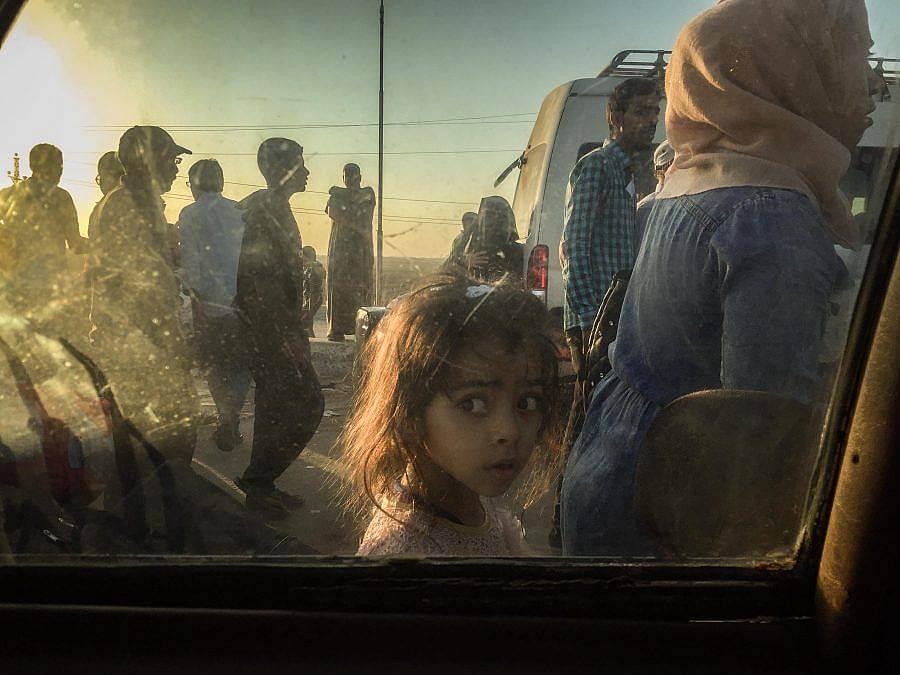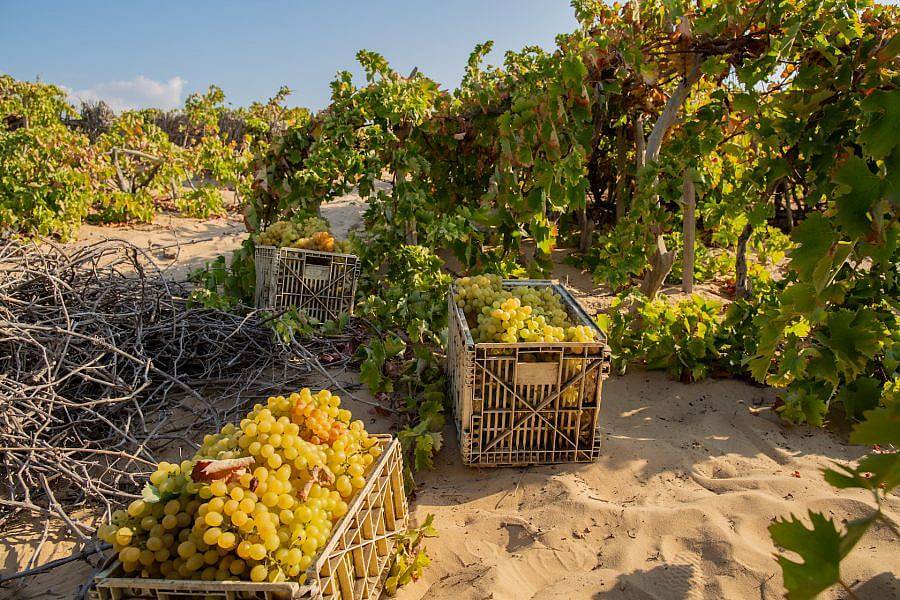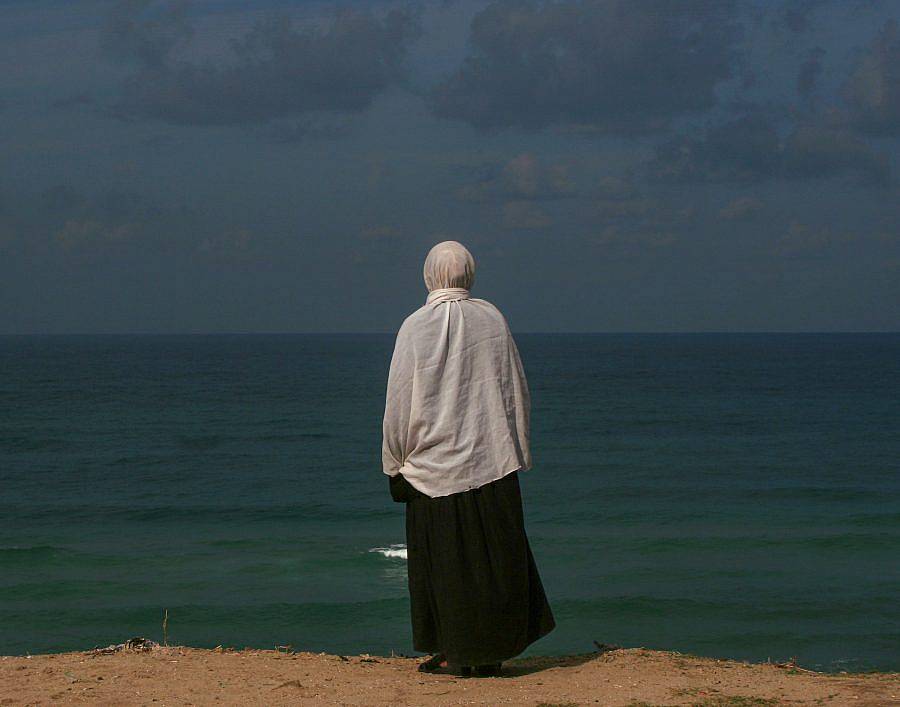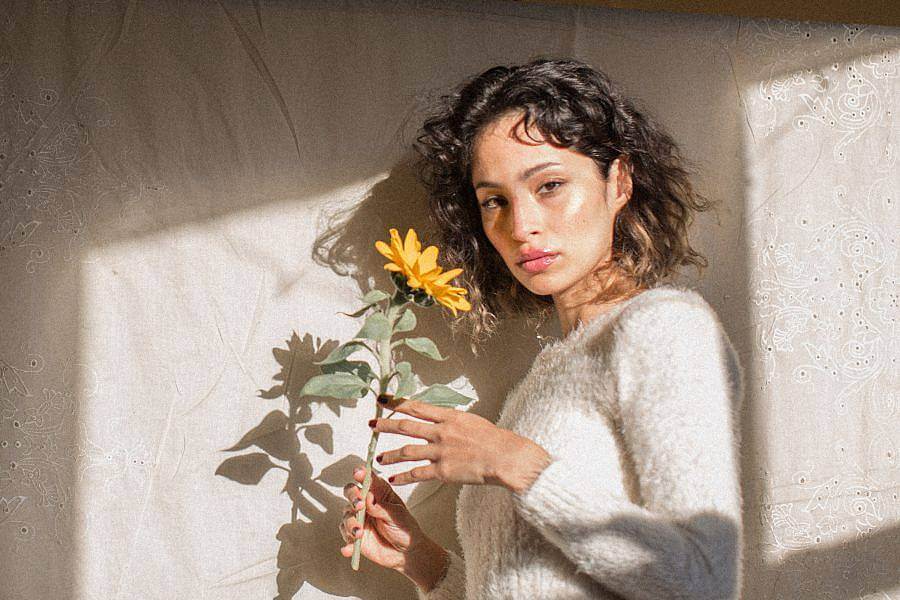Tell us a little bit about yourself and what you do.
I’m a multidisciplinary artist originally from Gaza and now based in the San Francisco Bay Area. Photography has been my main medium since 2010. After working in journalism for seven years, I shifted my focus to art and founded the Refugee Eye Organization, a visual storytelling platform that features the work of refugee artists worldwide. In 2017, Time Magazine named me one of the “34 Women Photojournalists You Should Follow,” and my work has been published in outlets like The New York Times, The Atlantic, Vice, NPR, and Al Jazeera, besides showing my artwork in various Bay Area galleries and platforms such like SOMARTS, HUF INTERNATIONAL, Arab Film Inst., KQED and others.
Top 3 favorite or most visited websites and why?
Some of my favorite websites are Radio al-Hara, which plays a diverse range of international music 24/7, Aflamuna for its collection of independent Arab films with unique stories, and TikTok, where I enjoy learning about various topics in a less crowded space than other social platforms.

What is it like living and working in the San Francisco Bay?
I’ve been living in the San Francisco Bay Area for eight years. I love the balance between nature and urban life here, and I’ve found a supportive community that makes me feel connected to home while offering strong support for Palestine.
What kinds of things are influencing your work right now?
My work right now is heavily influenced by the ongoing horrors in Gaza and the refugee experience, as people are forced to flee and build new lives from scratch.
What are some recent, upcoming or current projects you are working on?
One of my current projects is “Behind the Sea,” a self-portrait documentary series explores my experience in exile and the emotional transformation that comes with it away from home.

How does your art practice intersect with your journalism practice?
My art and journalism are deeply connected through shared values of human rights and storytelling.
How are your projects influenced by Palestine?
My projects are deeply influenced by Palestine because I believe that the personal is political. My life in Gaza has been shaped by political realities I couldn’t escape, and my work reflects our collective struggle and beauty. Over the years, I’ve documented my city, capturing the people, the beach, the streets, the children, and the fishermen. Living under occupation, I’ve felt the urgent need to preserve our stories and archive them for the future—to continuously assert our right to exist and our connection to our land.

How long have you lived in the San Francisco Bay and what brought you there?
I’ve lived here for almost eight years. I originally landed in Brooklyn, NY, and stayed there for four months before moving to the Bay Area for asylum-related reasons, thanks to my immigration lawyer. Looking back, I’m glad I made the move.
What do you want a viewer to walk away with after experiencing your work?
I want viewers to walk away with a sense of empathy and critical thinking. I hope they can put themselves in my shoes and gain a deeper understanding of the grief, growth, and beauty I’ve experienced, especially in relation to Gaza. I want them to feel the emotional layers of my work and reflect on the complexities of exile, identity, and resilience.
What’s your absolute favorite place in the world to be?
Gaza beach is my favorite place in the world, a symbol of both escape and longing for freedom.

What are you really excited about right now?
Recently, I received my green card, and I’m incredibly excited about finally reuniting with my mother in Canada after eight years.
How often do you visit Gaza and how has it changed considering the ongoing political events?
Unfortunately, I haven’t been able to return to Gaza since I left because of my asylum status. After the tragic events of October 7, I lost my home, friends, and neighbors, which has left a deep scar, I hope all this ends soon and be able to go back there one day.

Who else works at/with the Refugee Eye, and what else do you plan to do with this project?
At Refugee Eye, I’ve mostly handled the curation, communication, and all the work myself, but it’s still a young organization. Right now, I’m taking a break to focus on my full-time job and mental health while coping with the pain of witnessing the genocide of my people. But I’m looking forward to putting on more exhibitions for Palestinian artists next year and expanding Refugee Eye’s reach, with the dream of one day taking it global to share more stories from refugee and immigrant artists.
Can you share one of the best or worst reactions you have gotten as a result of your work?
One of the best reactions I’ve received to my work is from people who pass by our gallery in San Francisco. They’ve told me they feel represented and seen, and that it reminds them of home. That feeling of warmth and belonging is something I always want to carry forward in my future exhibits.
Interview conducted and edited by Liam Owings
